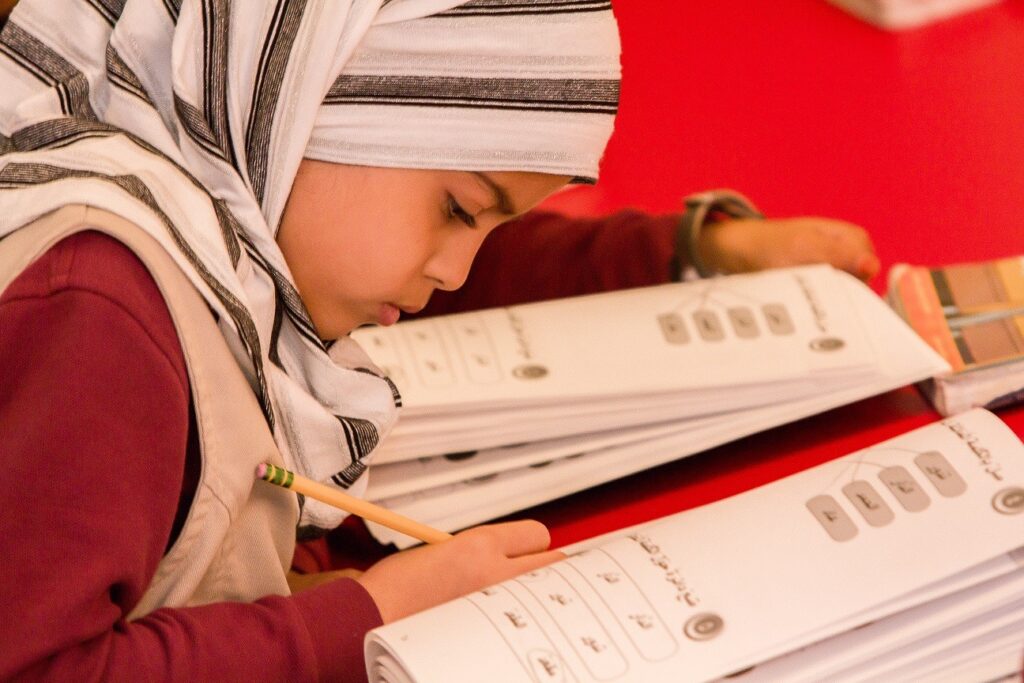
The students learn the same Arabic curriculum. Learning strategies used:
Students are divided into four levels. Each level has a special curriculum. To speak a language well, in a culturally authentic way, the speaker must develop skills in four specific areas. The four components of competency are:
Noor Academy of Arizona is a K to 8th grade Islamic school in Tempe, AZ. Our Mission is to help and guide our children achieve their academic, spiritual, intellectual, physical, mental, emotional and social potentials to serve Allah (SWT).
Noor Academy of Arizona
© 2025 All Rights Reserved